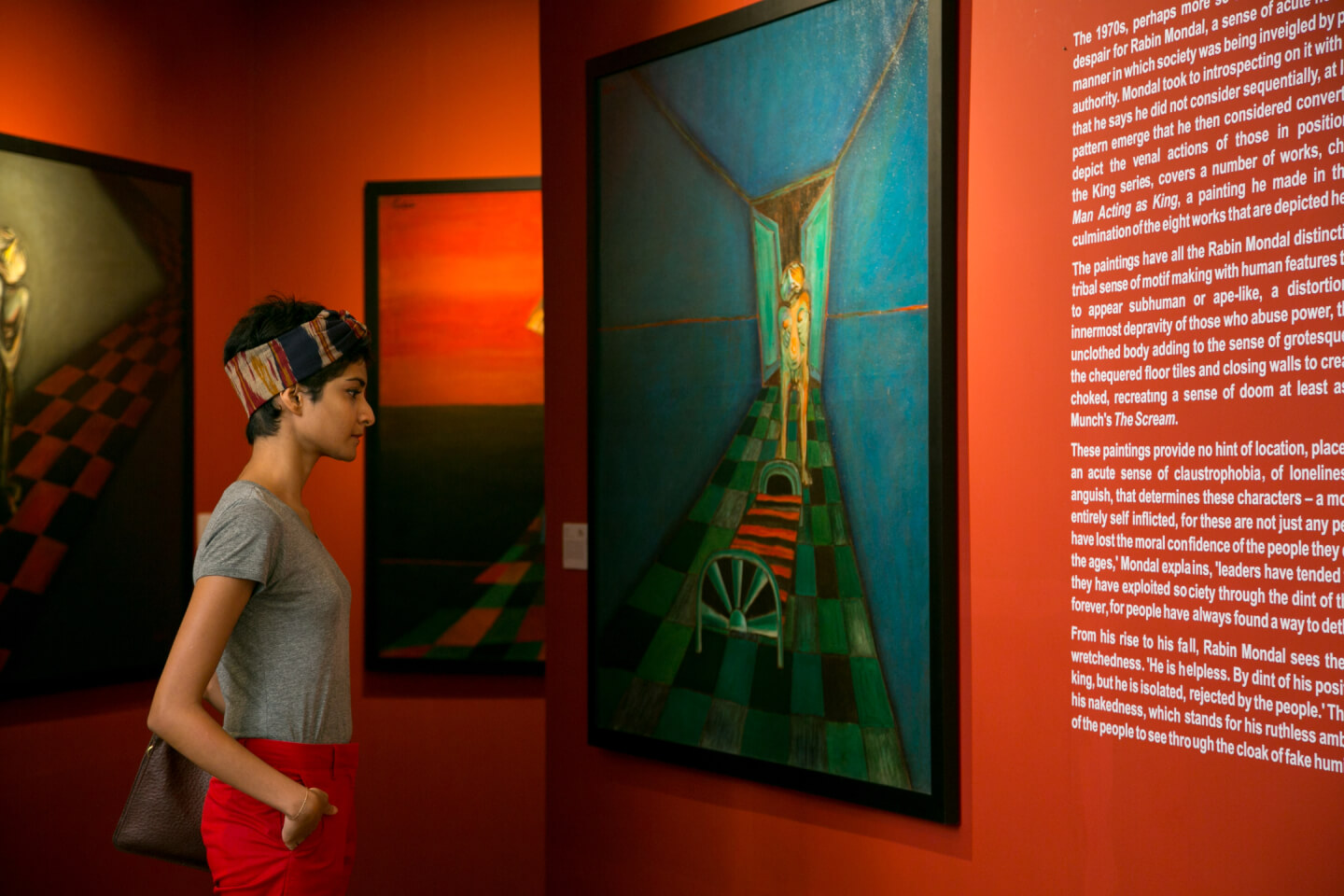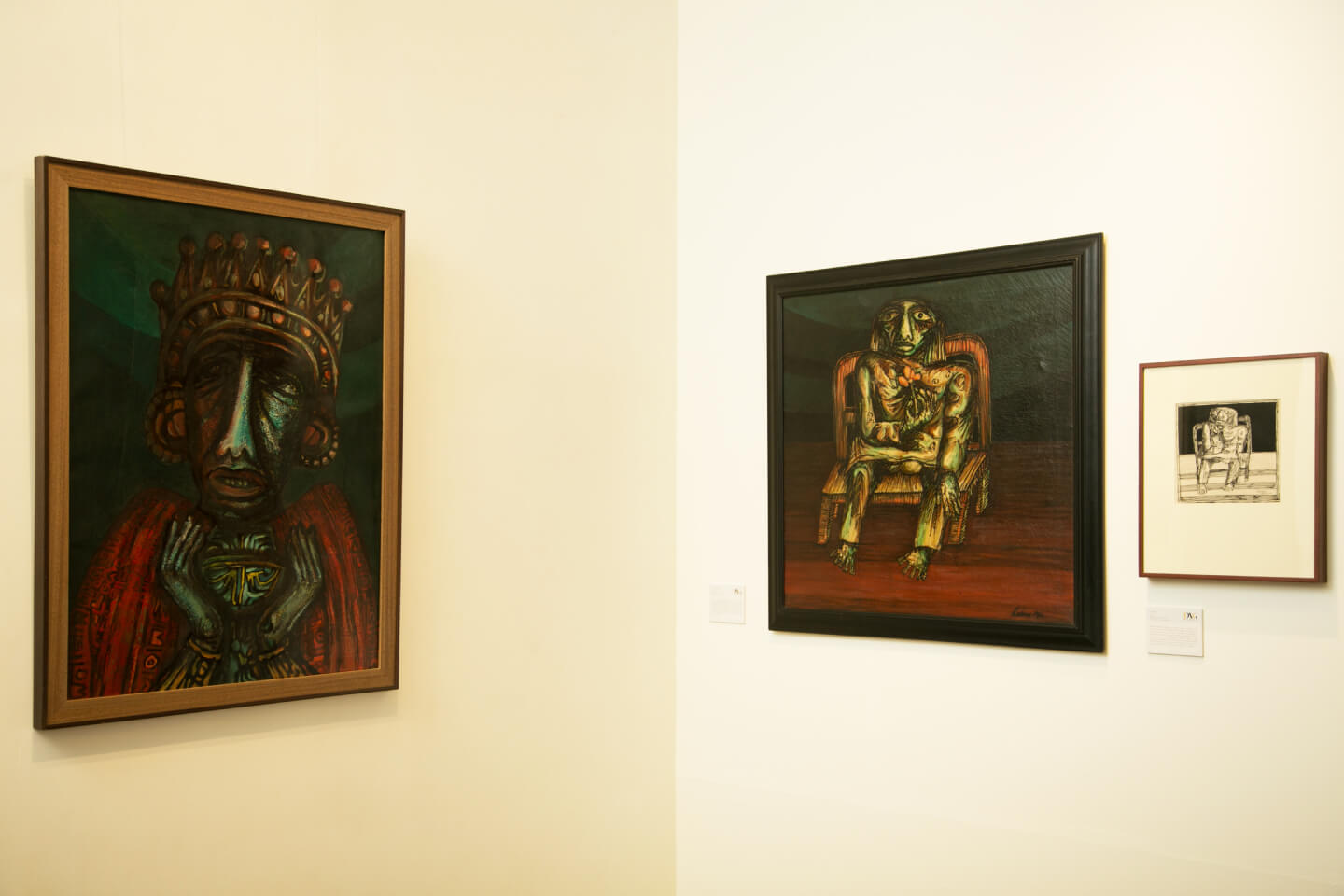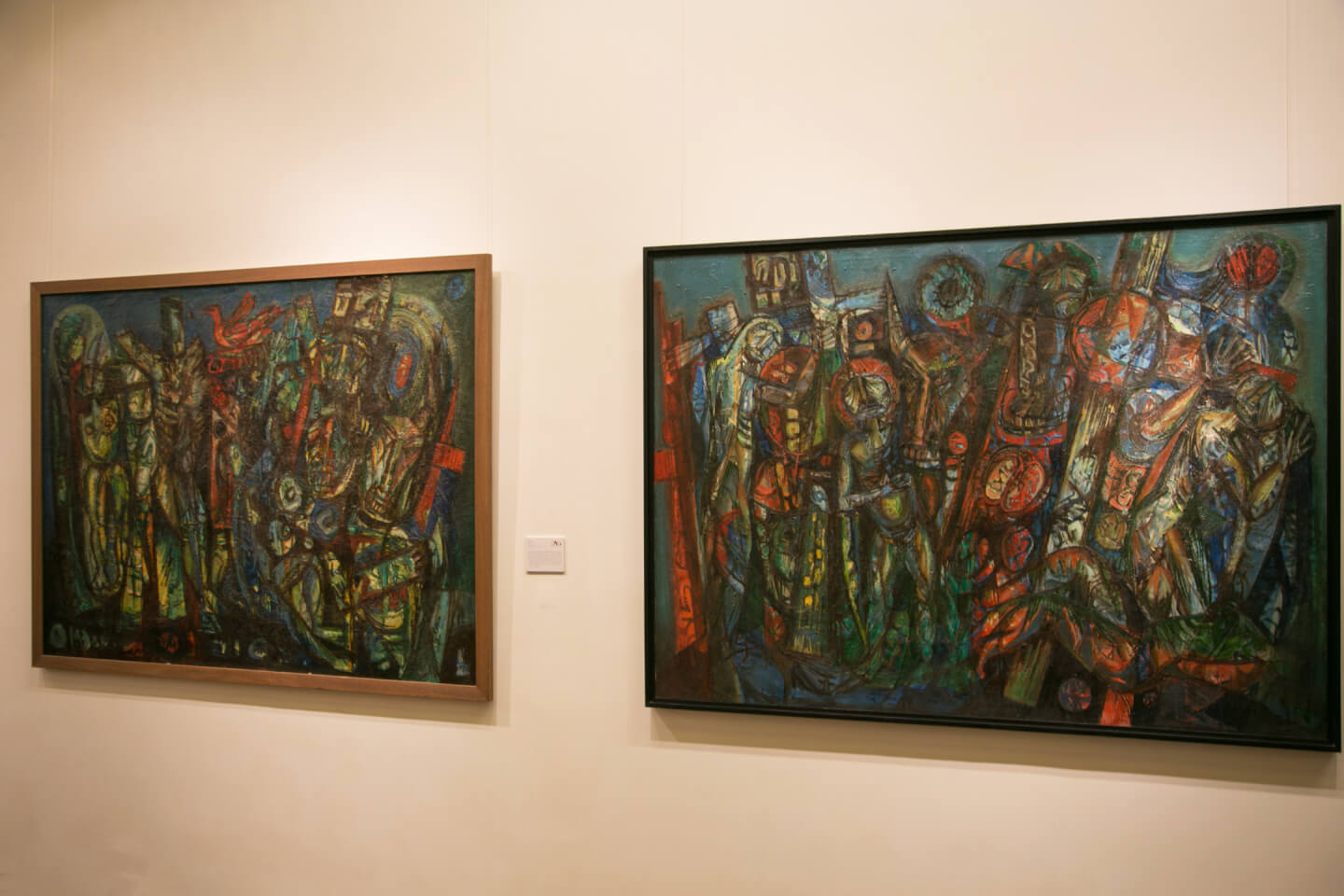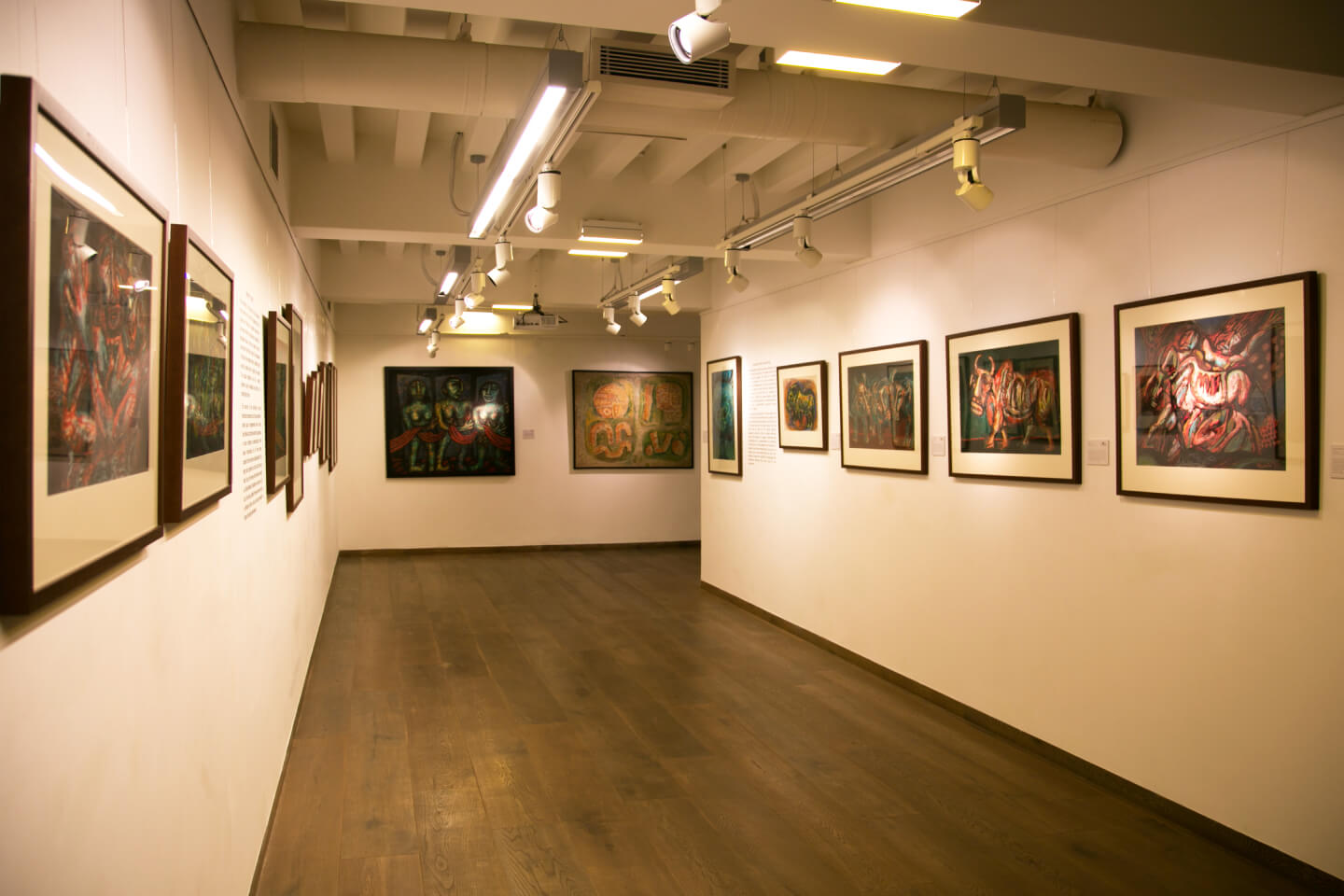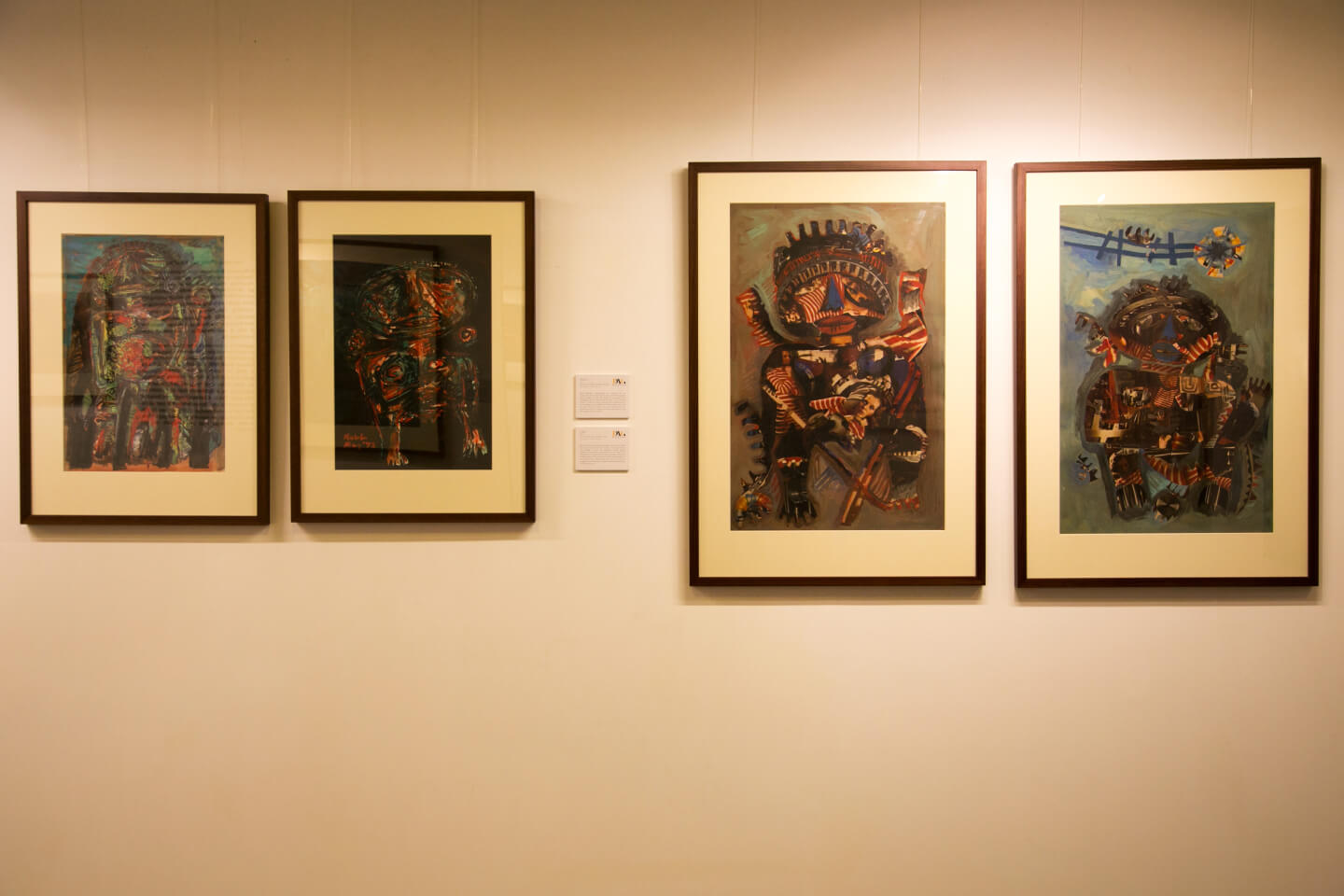Rabin Mondal: Kingdom of Exile
Rabin Mondal: Kingdom of Exile
Rabin Mondal: Kingdom of Exile
|
Gallery Exhibition Rabin Mondal: Kingdom of ExileA RetrospectiveNew York: The Fuller Building, 7 June – 3 September 2016 Mumbai: Kala Ghoda, 20 July – 12 September 2015 New Delhi: Hauz Khas Village, 21 December 2014 – 27 March 2015 |
|
|
|
‘Each time Rabin Mondal paints a picture, writes poetry, or simply speaks of himself and his social connection and context, he displays a transparent conceptual clarity about modernist cultural practice’ – Nandini Ghosh |
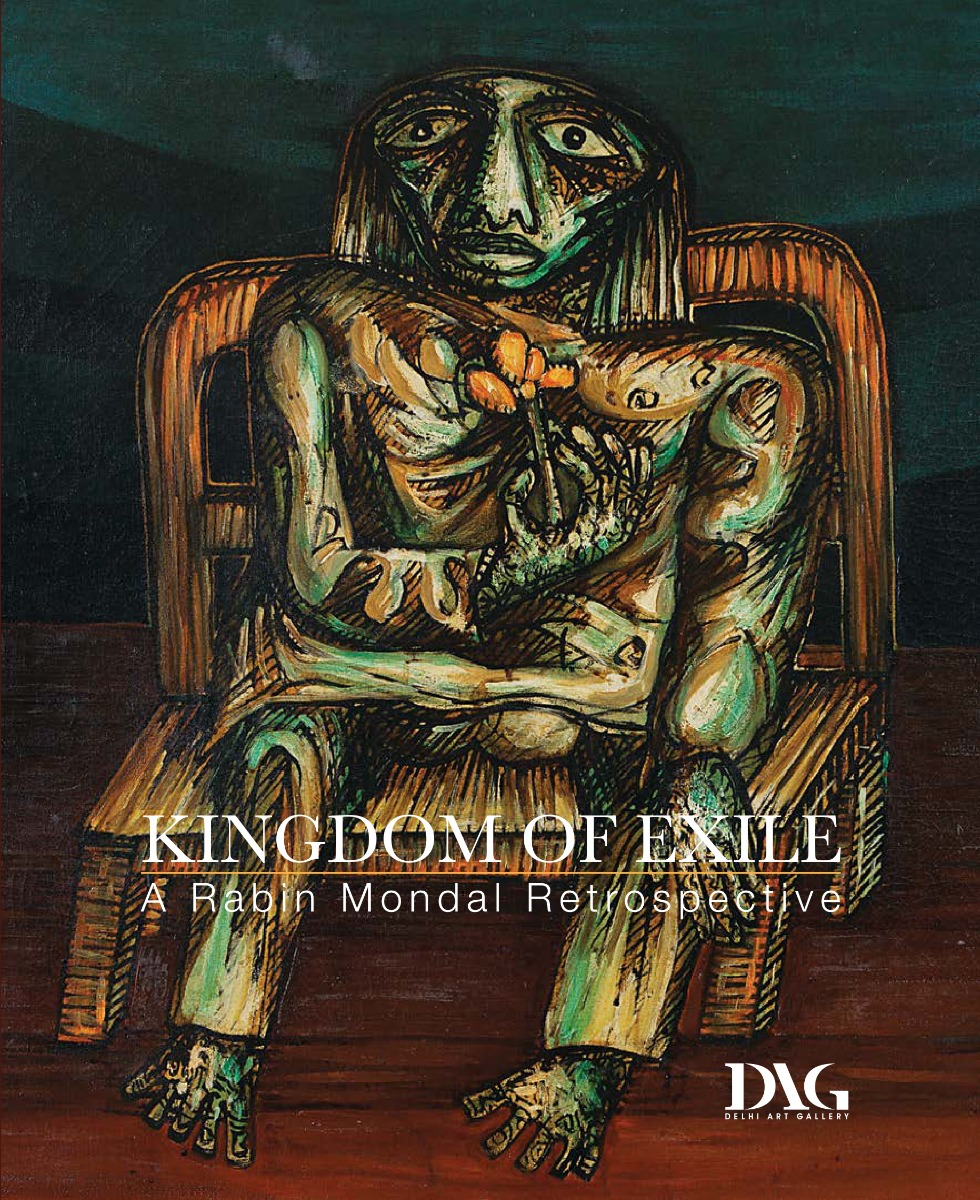
all artworks
Exhibition and Events
